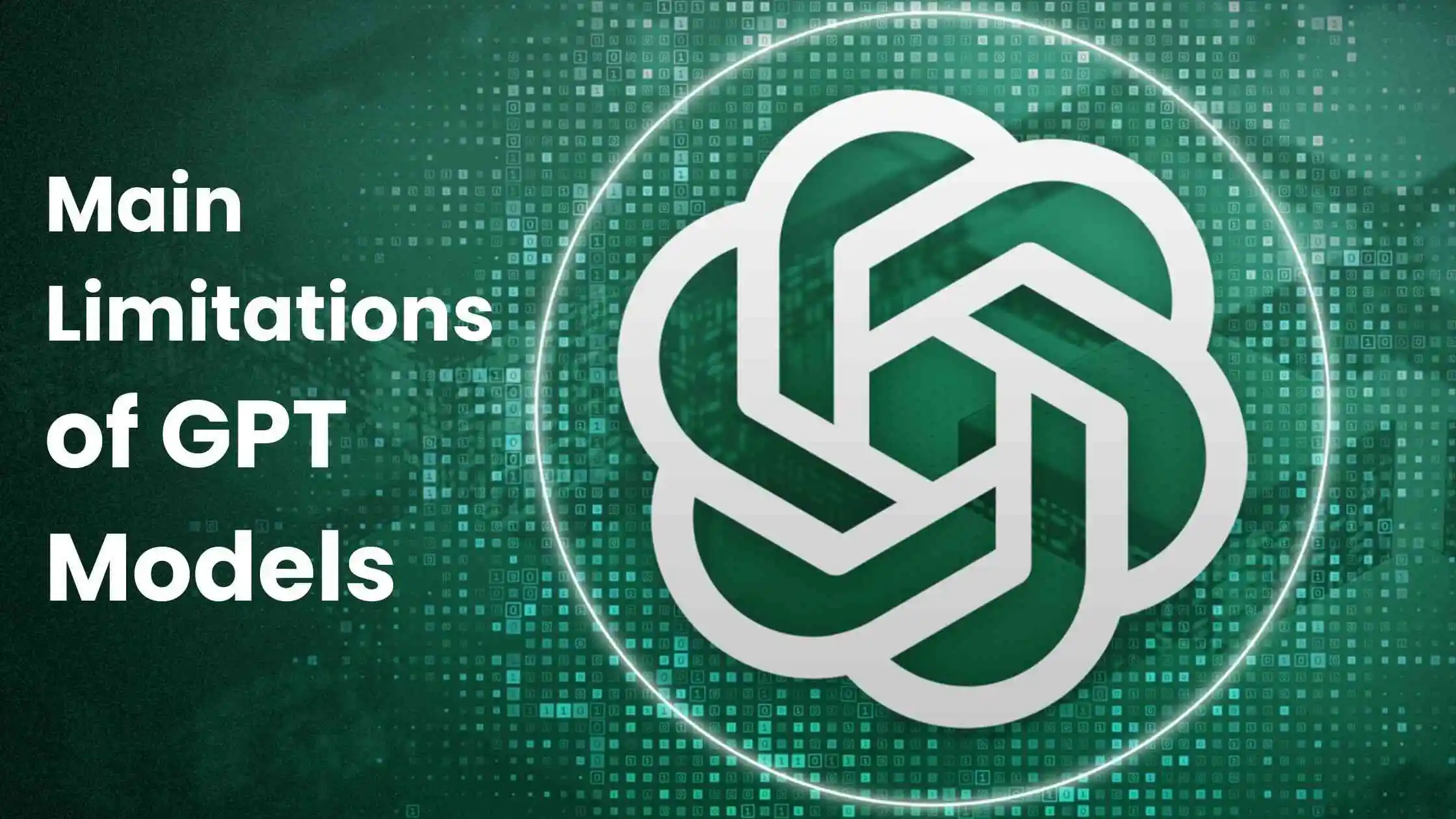GPT models are amazing language tools that can write like humans. However, it’s important to understand the main limitations of GPT models. These models are great at creating human-like text. But they don’t truly understand what they’re writing about.
There are a lot of limitations of GPT models like a lack of true understanding, biases and inconsistencies, factual inaccuracies, insufficient awareness of context, and dependence on training data.
Let’s explore the main limitations of GPT models in more detail.
Table of Contents
- Limitation 1: Lack of True Understanding
- Limitation 2: Biases and Inconsistencies
- Limitation 3: Factual Inaccuracies
- Limitation 4: Insufficient Awareness of Context
- Limitation 5: Dependence on Training Data
- Conclusion
Limitation 1: Lack of True Understanding
One of the biggest limitations of GPT models is that they don’t understand the text they have generated. These models are incredibly good at recognizing patterns in data and using that data to create new content that looks human-written. They don’t understand the meaning of the words.
For example, a GPT model could write a very convincing essay about the basics of photosynthesis. It would put the words together in a logical way that reads naturally. However, the model itself doesn’t understand the biological process of how plants make food from sunlight.
GPT models are based on statistical patterns, not genuine comprehension of the subject matter. They don’t build up an intuitive understanding of concepts the way humans do through experience and logical reasoning.
This lack of true understanding is a significant disadvantage since it makes GPT models unreliable for critical applications that are based on real-world knowledge. The outputs need to be carefully reviewed for potential gaps in logic or meaning.
Limitation 2: Biases and Inconsistencies
Even though GPT models produce impressive outputs, they can sometimes show biases and inconsistencies. This happens because the models learn from the data they are trained on.
For example, if the information shows that some jobs are better suited for one gender than the other, the GPT model might keep showing that bias in what it says.
Sometimes the models can also generate different or even opposite statements about the same topic. They don’t have a stable foundation of knowledge like humans do.
Biases and Inconsistencies in the GPT-generated text can reduce its credibility and usefulness, especially in critical applications. It’s important not to blindly trust every statement made by a language model.
Limitation 3: Factual Inaccuracies
Another key limitation of GPT models is that they can generate statements or information that is factually inaccurate. There is no way for these models to confirm the accuracy of the data they are generated. GPT models create text by predicting the next word based on the patterns in their training data.
For example, a GPT model could confidently state “Elephants are the largest rodents in the world.” That sentence follows common language patterns and sounds credible. But it is factually inaccurate since elephants are not rodents at all.
This limitation means GPT outputs cannot be taken as factual truth, especially for important applications like news, research, or educational materials. Humans must verify the accuracy of any critical information before using or sharing GPT-generated text.
Limitation 4: Insufficient Awareness of Context
GPT models have insufficient awareness and understanding of the context in which language is being used. While they are highly skilled at generating fluent text, they can overlook crucial contextual details that significantly impact the meaning of the output.
For example, if a person asks the GPT model a question, the model’s response might make sense on its own but not actually answer what the person really wants to know. The model doesn’t pick up on the true context and meaning behind the question.
This limited grasp of full context means humans need to carefully review GPT-generated text. Especially for important use cases.
Limitation 5: Dependence on Training Data
GPT models are heavily dependent on the data they are trained on. The quality and diversity of this training data directly impact the model’s outputs.
For example, if a model’s training data contains outdated or incomplete information about climate change, its outputs related to that topic may promote misconceptions or exclude the latest scientific findings.
This dependence means GPT model outputs can’t be fully trusted until the training data has been carefully curated and expanded to include high-quality, up-to-date information across all relevant topics and viewpoints.
To make sure the models keep getting better, it’s really important to regularly update and add different kinds of information to their training. This helps to fix any biases or things they might not know. Basically, the data they learn from decides what they know and how they see things.
As the models get better, it’s important to regularly update the information they learn from. This helps to overcome biases and gaps in their knowledge.
Conclusion
In conclusion, we explored the main limitations of GPT models, including lack of true comprehension, presence of biases, factual inaccuracies, insufficient context awareness, and dependence on training data. Even though GPT models are super useful, it’s important to be careful and aware of their weaknesses. Using them responsibly with human supervision can help us take advantage of what they’re good at while minimizing the risks from these drawbacks.
Read more helpful blogs like this on AI Perceiver.


17 thoughts on “Top 5 Main Limitations of GPT Models”